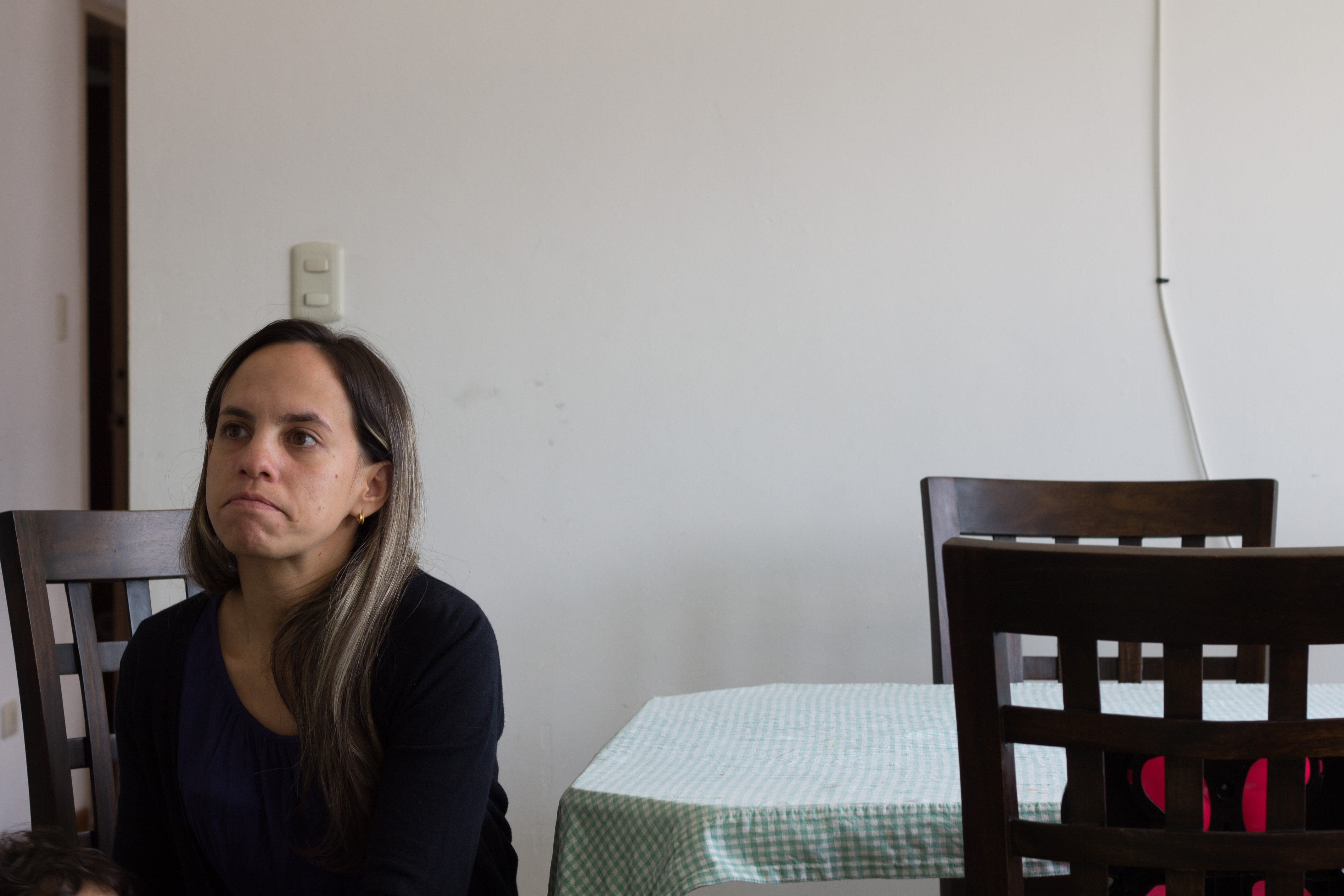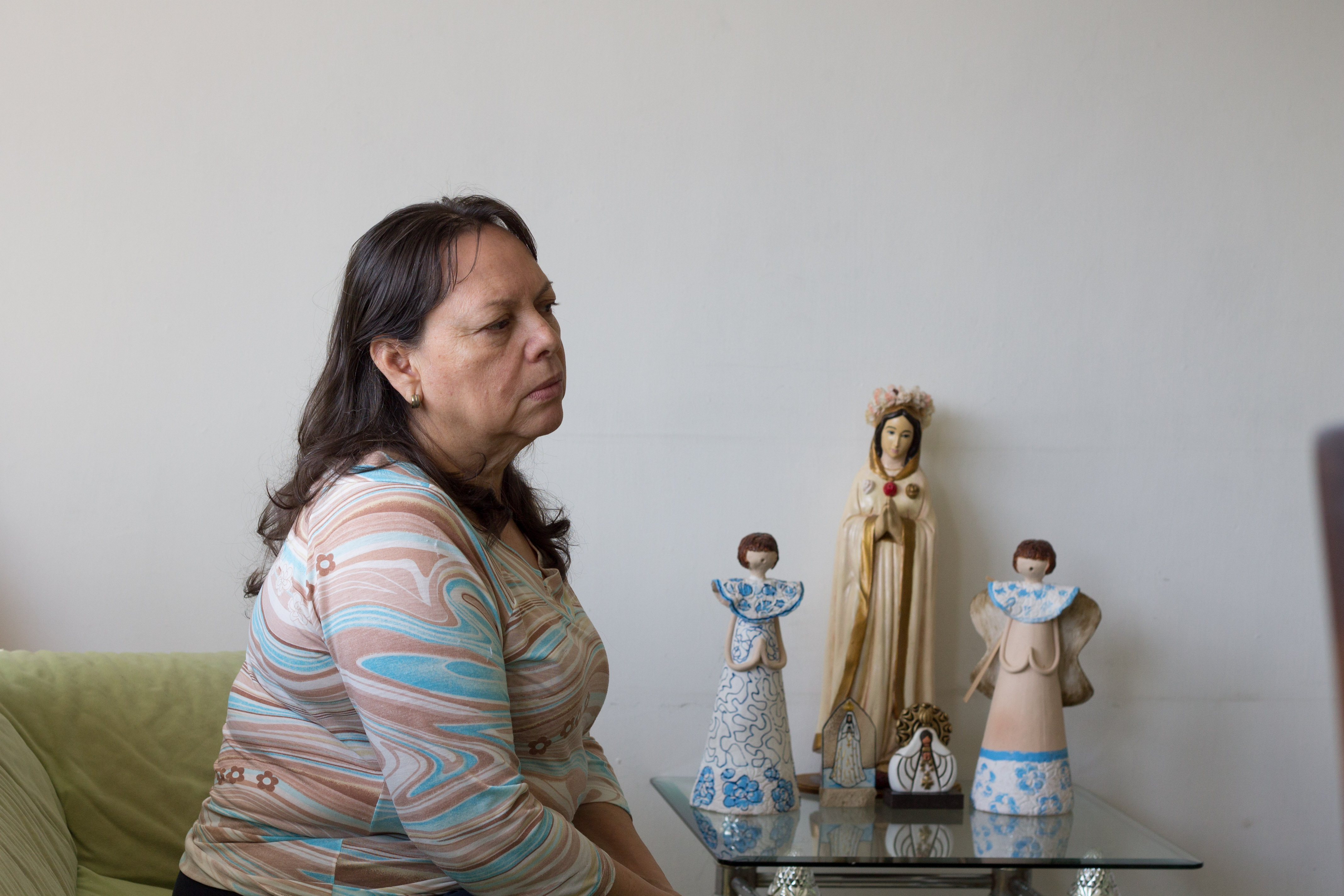Shot in the Head: The Protests Ended, but One Family’s Pain Endures
Daniel Infante was a curious bystander at a Merida protest in April last year. The other two people shot that day died. Daniel survived. Barely.


Photo credit: Darío Sosa
It was Monday, April 24th, 2017, and Mérida was in the middle of a plantón, a one-day national strike in which all major roads are closed by protesters. Last year’s guarimba season was getting started and the government’s demise seemed (again) closer than ever.
People gathered in Las Américas Avenue, already an iconic protest site, at 5am, and a couple of minutes later all lanes were blocked: Tree trunks, garbage, officialist propaganda ripped from a nearby pedestrian bridge, anything was fine for the barricade.
Daniel Infante, then a 25 year old worker of Tromerca (the state-owned company running Mérida’s Trolebús), was recovering from a tonsil surgery, watching the whole thing from his apartment window. Later that day, he went outside to talk to some neighbours in front of his building.
His life would never be the same.
“We heard a lot of gunshots and my couple asked where Daniel was” tells me Dina, Daniel’s sister. “I told him he was outside, as I peeked through the window looking for him. That’s when I saw him, lying on the ground.”
Little more than ten minutes had passed since he left.
A group of Tupamaros, one of the many chavista paramilitary groups operating in the city, had been harassing protesters since the early afternoon. When Daniel left his apartment, they started shooting. He started to run home, too late.
While a neurosurgery team tried to save his life, the tupamaros were breaching into buildings and damaging the cars parked inside. A gunfight erupted and Luis Márquez, member of a pro-government ULA labor union, and Jesús Sulbarán, worker of the then PSUV-controlled Merida’s Governor Office, were also shot. They both died.
Daniel, survived. Barely.
There was never a proper investigation, so we can’t say for sure if the bullet that ended up in Daniel’s head came from a Tupamaro gunman. It hardly seems to matter now.
Daniel stayed in Mérida’s hospital until August 18th, where he battled several infections. He was sent home unable to talk, walk or even eat by himself. He learned how to communicate by moving certain body parts.
“We quickly learned that when he moved his hand, it meant yes, if it was his leg, that meant no” his mother Olga Zambrano tells me in their small but comfortable living room. A figure of the Virgin Mary flanked by two handcrafted angels listens to our conversation, while Daniel lays nearby on his clinical bed, with his look lost in the TV.
“We no longer understand what he means” Dina says, “he no longer moves his arms or legs like he used to. It’s like he’s trapped in his own body.”
“He was recovering” Mrs. Zambrano says with a broken voice. “He recognised us, cried when his friends came to visit. But a Sunday morning, just a couple of days after we took him home, he had a seizure.”
Daniel was taken to a private clinic where he was stabilized. Doctors told his family to pay whenever they could, something that, according to Mrs. Olga, has been impossible to date. After realising that Daniel would remain hospitalized for a long time, his sister took him to the local Venezuelan Social Security hospital (IVSS for its Spanish acronym), where he remained until October.
Almost a year after being shot, Daniel is back home with his family. He’s stable, but things changed after his seizure.
Daniel’s case, along with those of over twelve-hundred people wounded or murdered in Mérida State during protests between January and December 2017, are summarized in a 58-page report by local Human Rights NGO PROMEDEHUM. From underages shot point blank with pellets (while detained), to a catholic school attacked by paramilitary groups, the document represents a valuable record of the abuses that merideños suffered by state forces during 2017. One of them, Anyelo Quintero (also shot in the head, on June 26th, 2017) died last week.
He understands what they say, as I later confirm when he started crying after Mrs. Olga told me of the money needed to take care of him.
“We no longer understand what he means” Dina says, “he no longer moves his arms or legs like he used to. It’s like he’s trapped in his own body.”
He understands what they say, as I later confirm when he started crying after Mrs. Olga told me of the money needed to take care of him.
This has been an excruciating issue for a family that was forced to consume most of its lifetime savings on daily sessions with psychologists and physiotherapists, diapers, wet towels, vitamins and increasingly scarce drugs like anticonvulsants and antidepressants. All in the middle of the hyperinflationary storm.
Daniel’s case had wide media coverage, with several national outlets reporting it and his picture shown by OAS General Secretary, Luis Almagro during his speech in the Oslo Freedom Forum.
 But as a continuous stream of bad news dominates the headlines, Daniel’s troubles have faded from memory. It’s natural. The family no longer gets the support it once did. He’s receiving the best care a dedicated, loving family can provide. I see him relax and even hinting a smile every time his sister Dina approaches with his nieces.
But as a continuous stream of bad news dominates the headlines, Daniel’s troubles have faded from memory. It’s natural. The family no longer gets the support it once did. He’s receiving the best care a dedicated, loving family can provide. I see him relax and even hinting a smile every time his sister Dina approaches with his nieces.
In this hellish economy, how long can they endure?
Daniel is the victim of a system ready for anything rather than recognise its own failure. Let’s never forget about the suffering we’ve witnessed.
We cannot afford the luxury of indifference.
To help Daniel, you can contact Dina, his sister by phone:
58-412-0761100
58-424-7341003
Or donate directly here.
Caracas Chronicles is 100% reader-supported.
We’ve been able to hang on for 22 years in one of the craziest media landscapes in the world. We’ve seen different media outlets in Venezuela (and abroad) closing shop, something we’re looking to avoid at all costs. Your collaboration goes a long way in helping us weather the storm.
Donate





